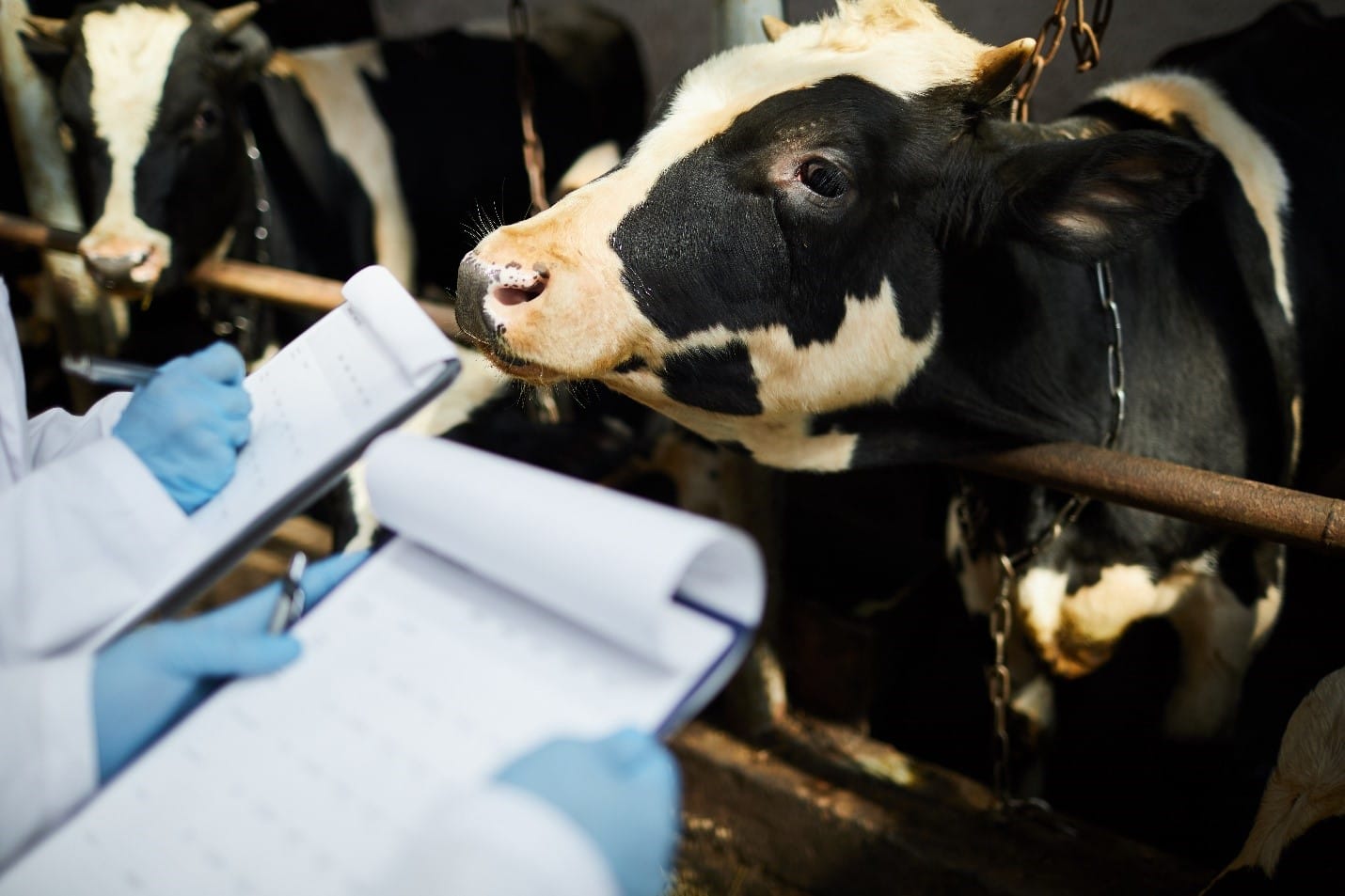Agriculture plays a vital role in providing food and resources for our growing population. However, the threat of diseases, pests, and other biosecurity risks poses a significant challenge to the sustainability and productivity of our farms. Farm biosecurity encompasses a range of practices and measures aimed at preventing, detecting, and controlling the introduction and spread of harmful organisms. By implementing robust biosecurity protocols, farmers can safeguard their livelihoods, protect animal and plant health, and contribute to the overall resilience of our agricultural systems.
The first line of defense in farm biosecurity is maintaining strict control over the entry and movement of people, animals, and equipment on and off the farm. This involves implementing visitor policies, using designated entry points, and providing appropriate biosecurity training to farm staff. By minimizing the risk of introducing diseases and pests from outside sources, farmers can effectively mitigate the potential impact on their livestock, crops, and overall farm operations.
Regular surveillance and early detection are crucial components of farm biosecurity. Farmers should remain vigilant in monitoring their animals and crops for signs of illness or infestation. Timely identification and reporting of any unusual symptoms or abnormalities to veterinary or agricultural authorities can help prevent the spread of diseases and pests. Utilizing advanced technologies, such as remote sensing and data analysis, can assist in identifying potential biosecurity threats at an early stage, allowing for prompt intervention and control measures.
Effective biosecurity practices extend beyond the farm gate. Collaboration and communication among farmers, government agencies, research institutions, and industry stakeholders are essential for addressing and managing biosecurity risks at a broader scale. Sharing information, best practices, and research findings can enhance the collective knowledge and capacity to respond to emerging threats. Furthermore, regular training programs and workshops on biosecurity can educate farmers about the latest advancements and equip them with the necessary skills to implement effective preventive measures.

Biosecurity planning tailored to specific animal health product manufacturer malaysia operations is paramount. Each farm has unique characteristics and challenges, and a one-size-fits-all approach may not be adequate. Conducting a risk assessment to identify potential vulnerabilities, including considering the proximity to high-risk areas, assessing animal and plant health histories, and evaluating farm infrastructure, can help develop tailored biosecurity plans. These plans should encompass measures such as quarantine protocols, vaccination strategies, biocontainment facilities, and hygiene practices that minimize the risk of disease transmission.
The integration of biosecurity measures with good agricultural practices can enhance overall farm management. Practices such as proper waste management, regular cleaning and disinfection of equipment, and appropriate use of pesticides can reduce the likelihood of introducing or spreading harmful organisms. Additionally, promoting biodiversity, implementing crop rotation, and maintaining a healthy ecosystem can contribute to resilient farms that are less susceptible to disease outbreaks.

Leave a Reply